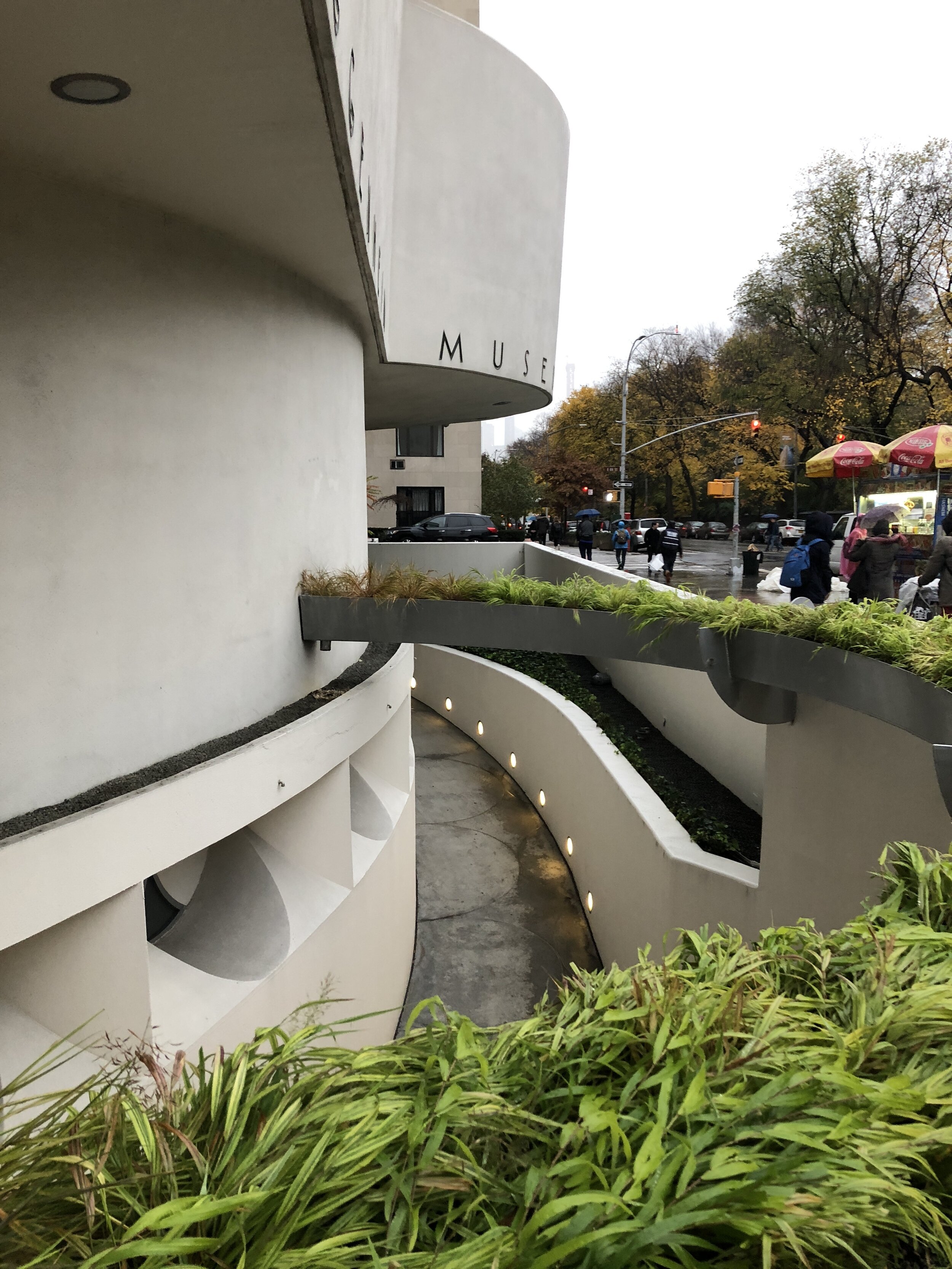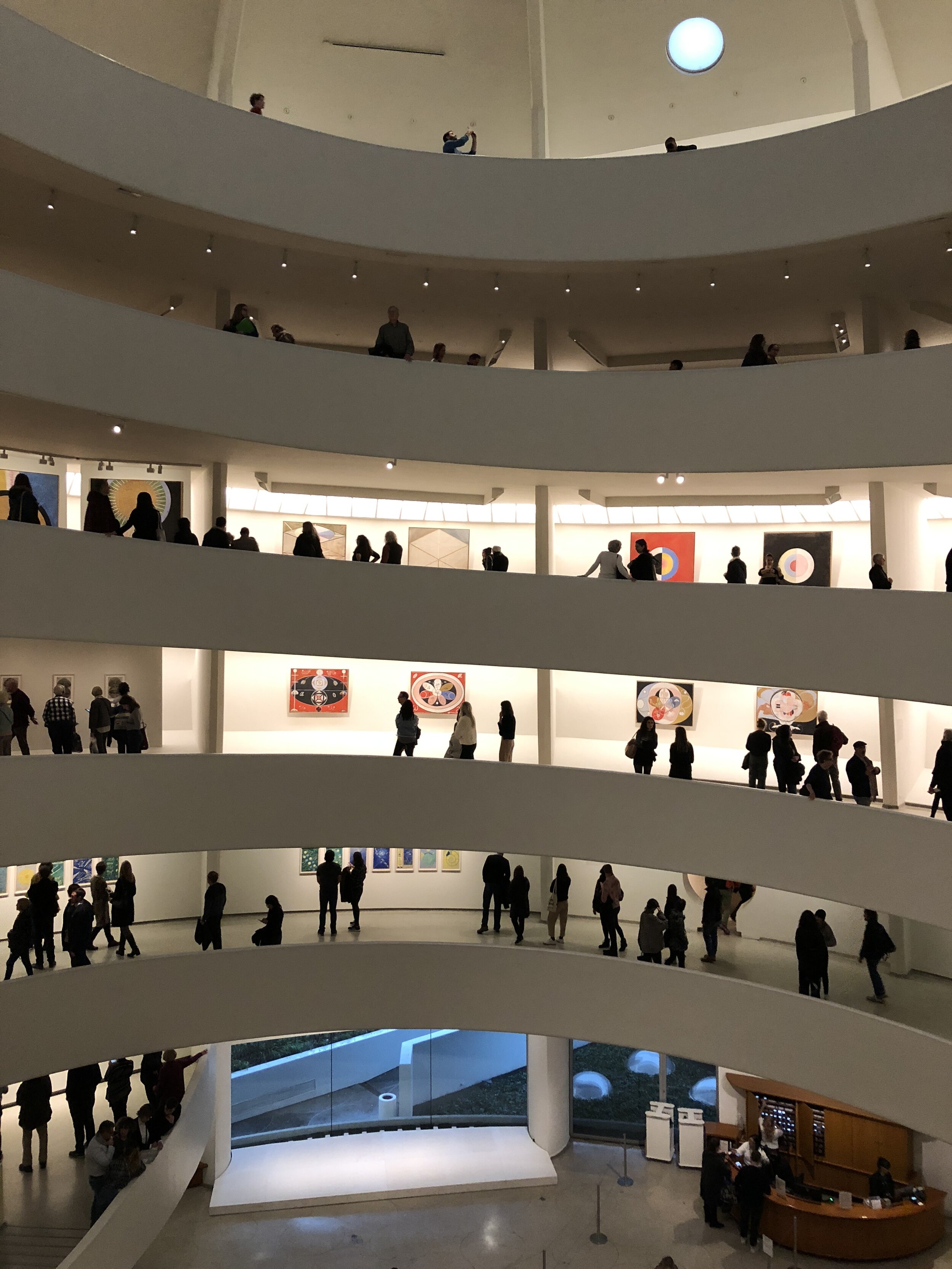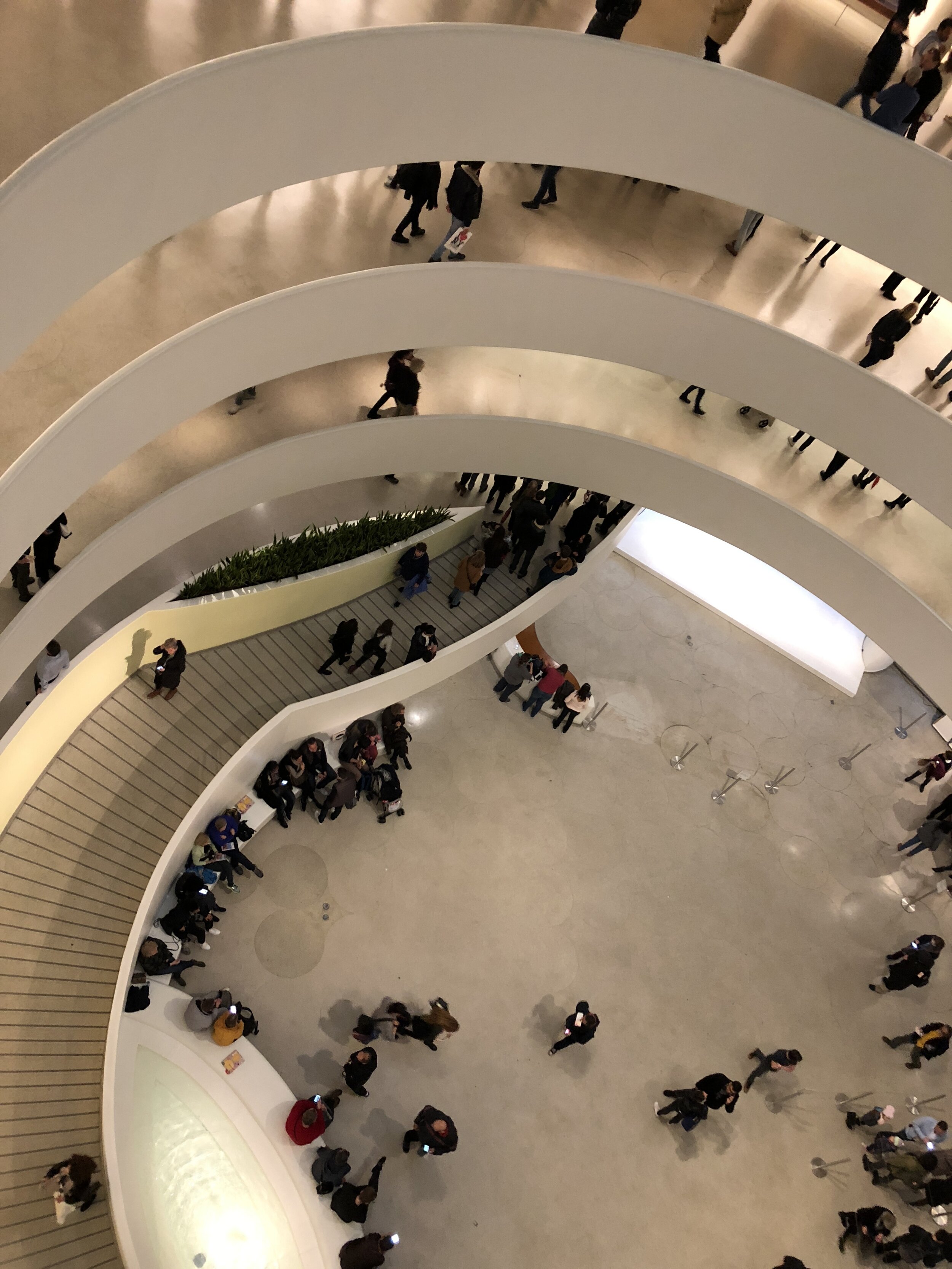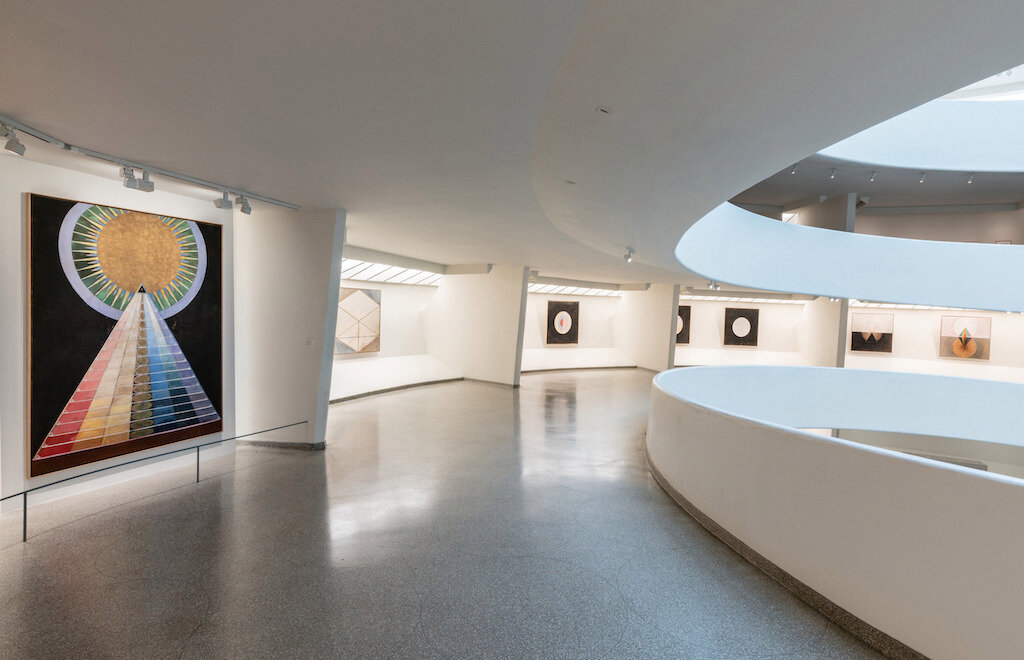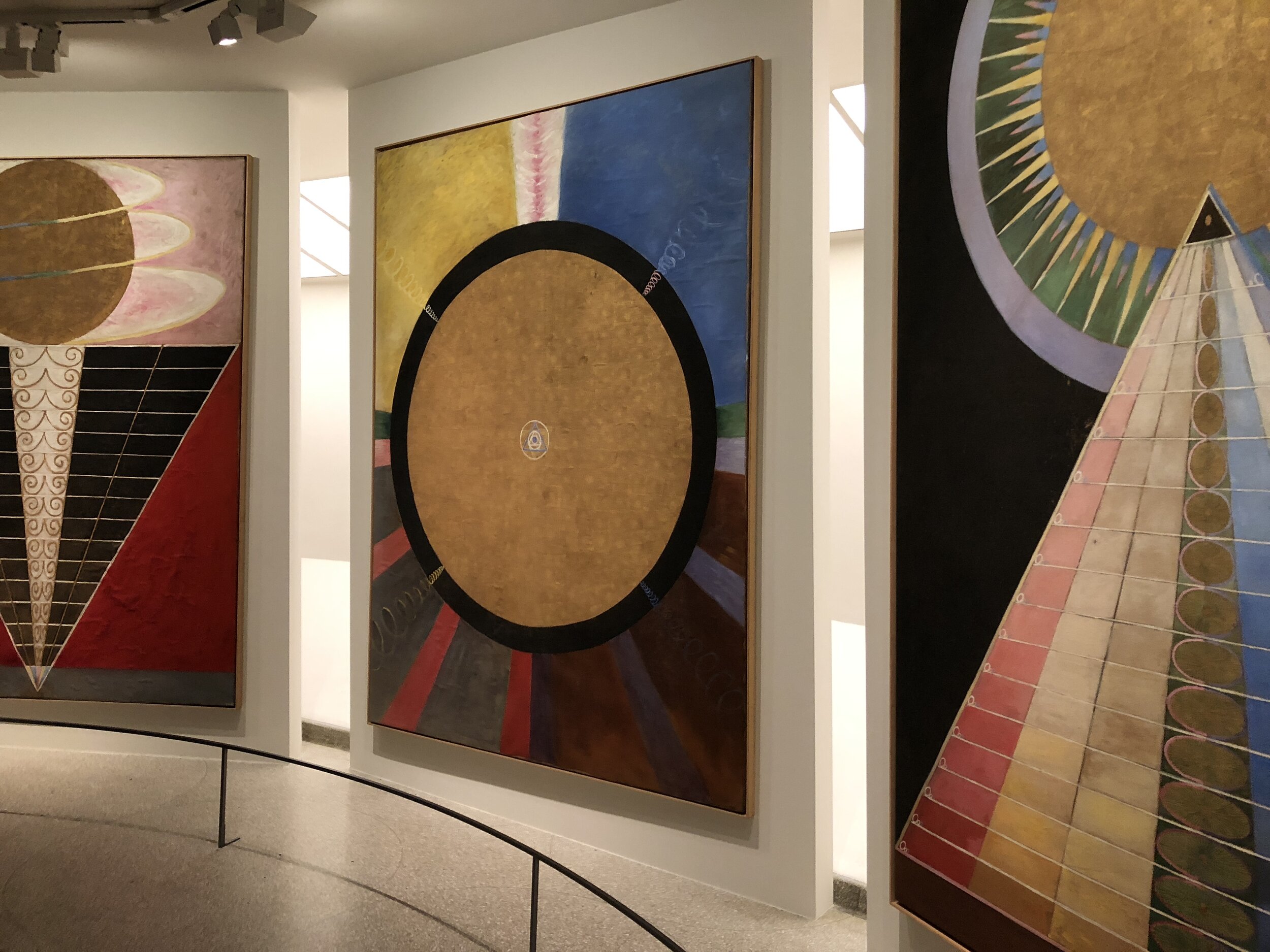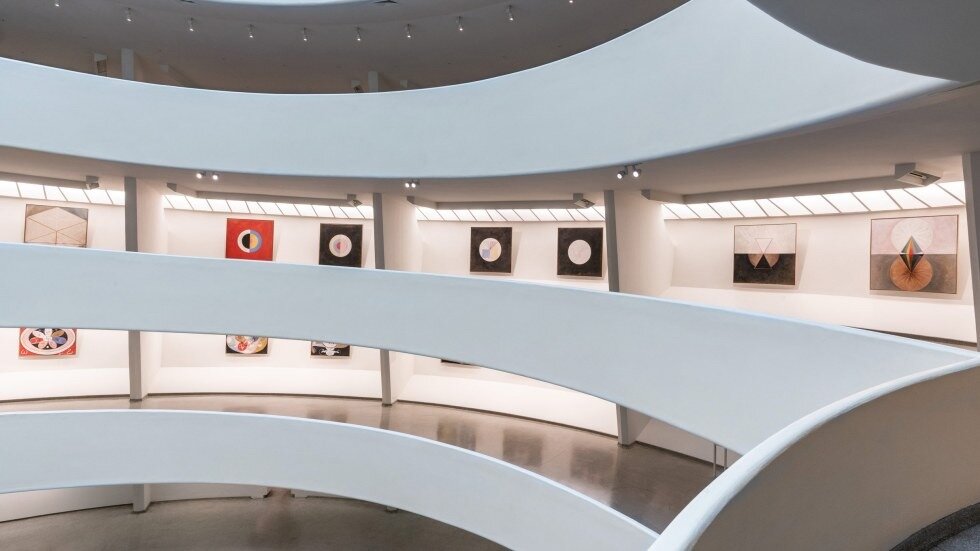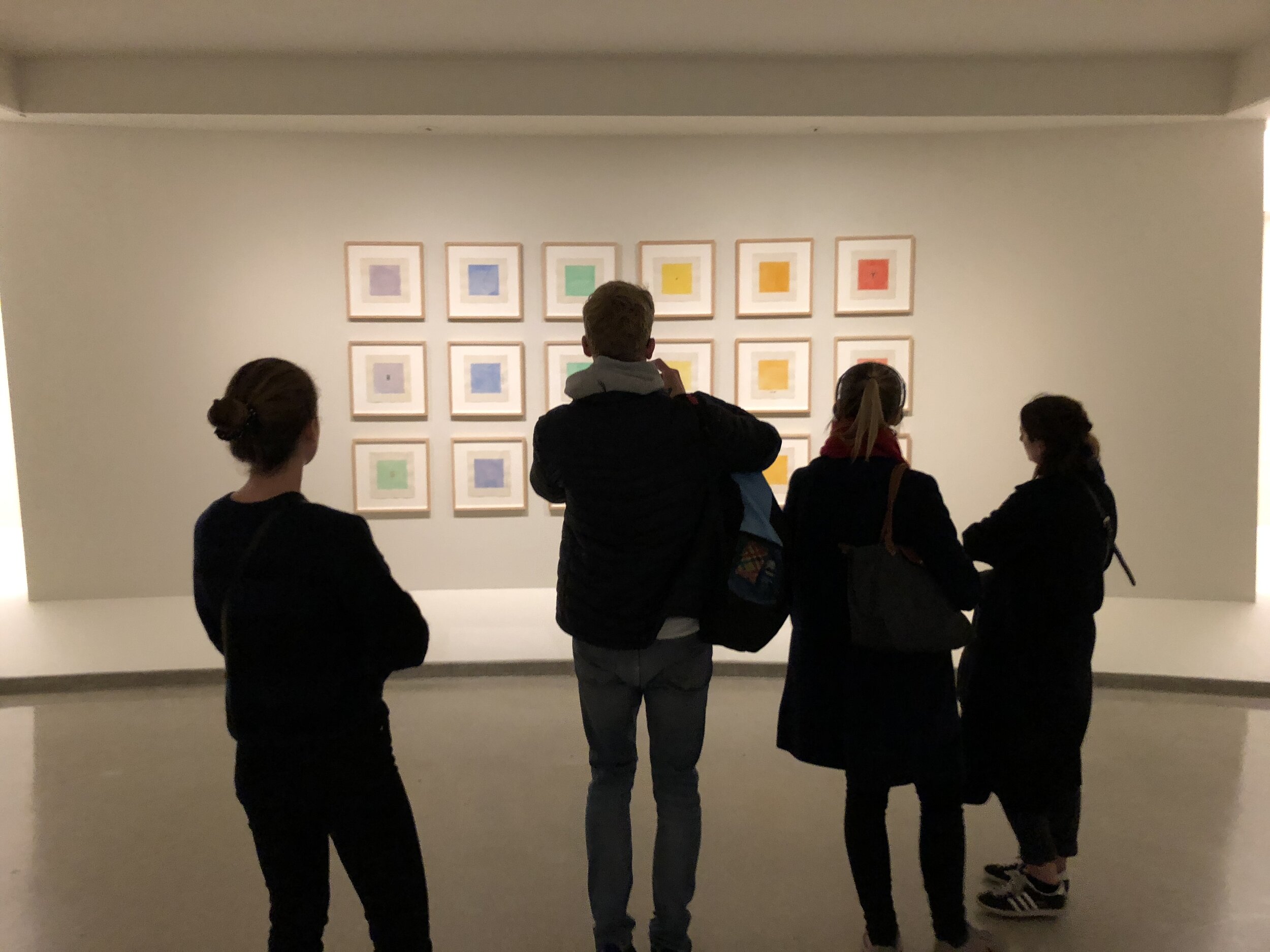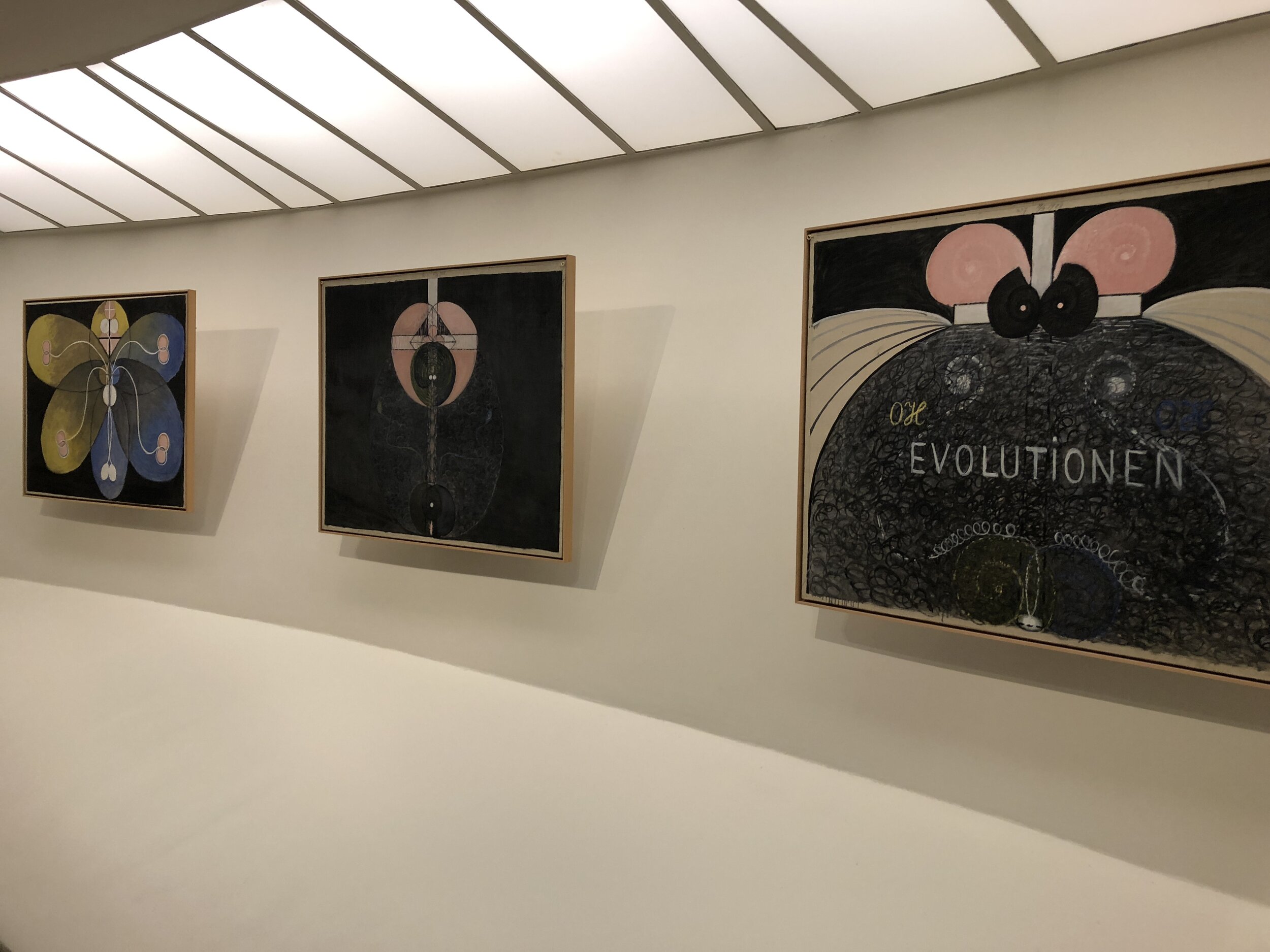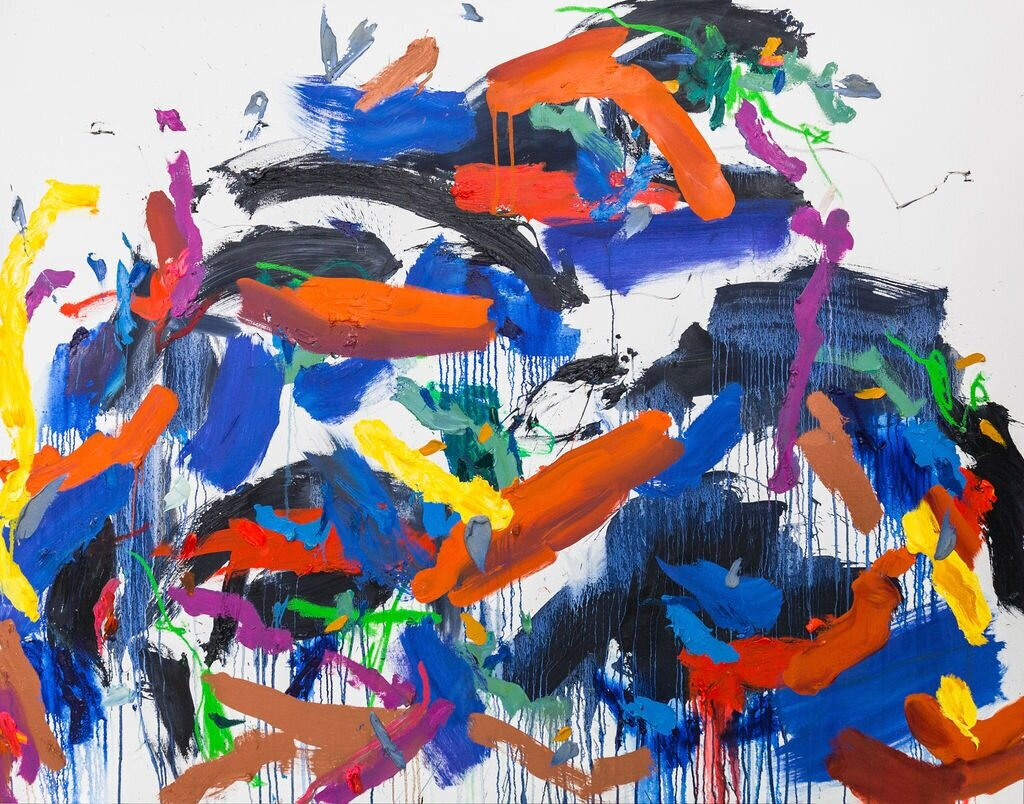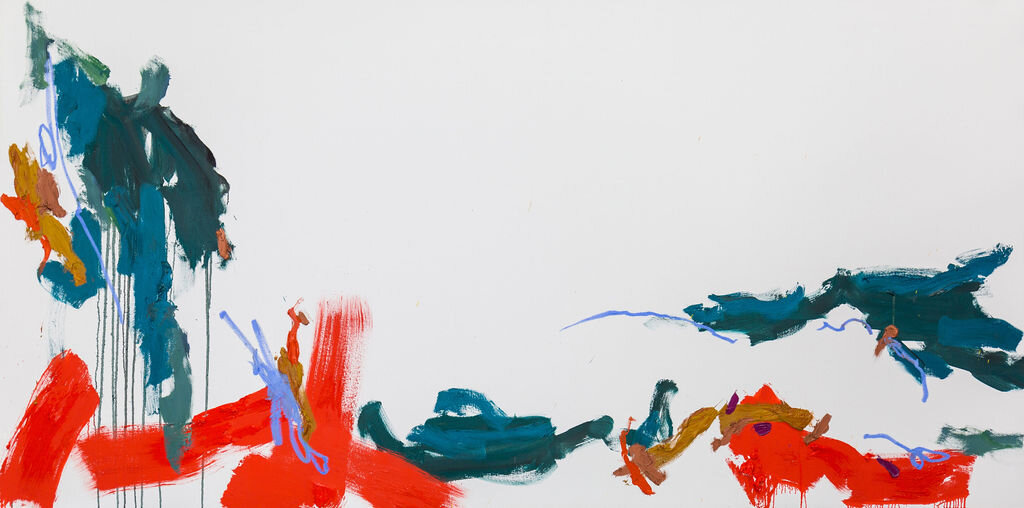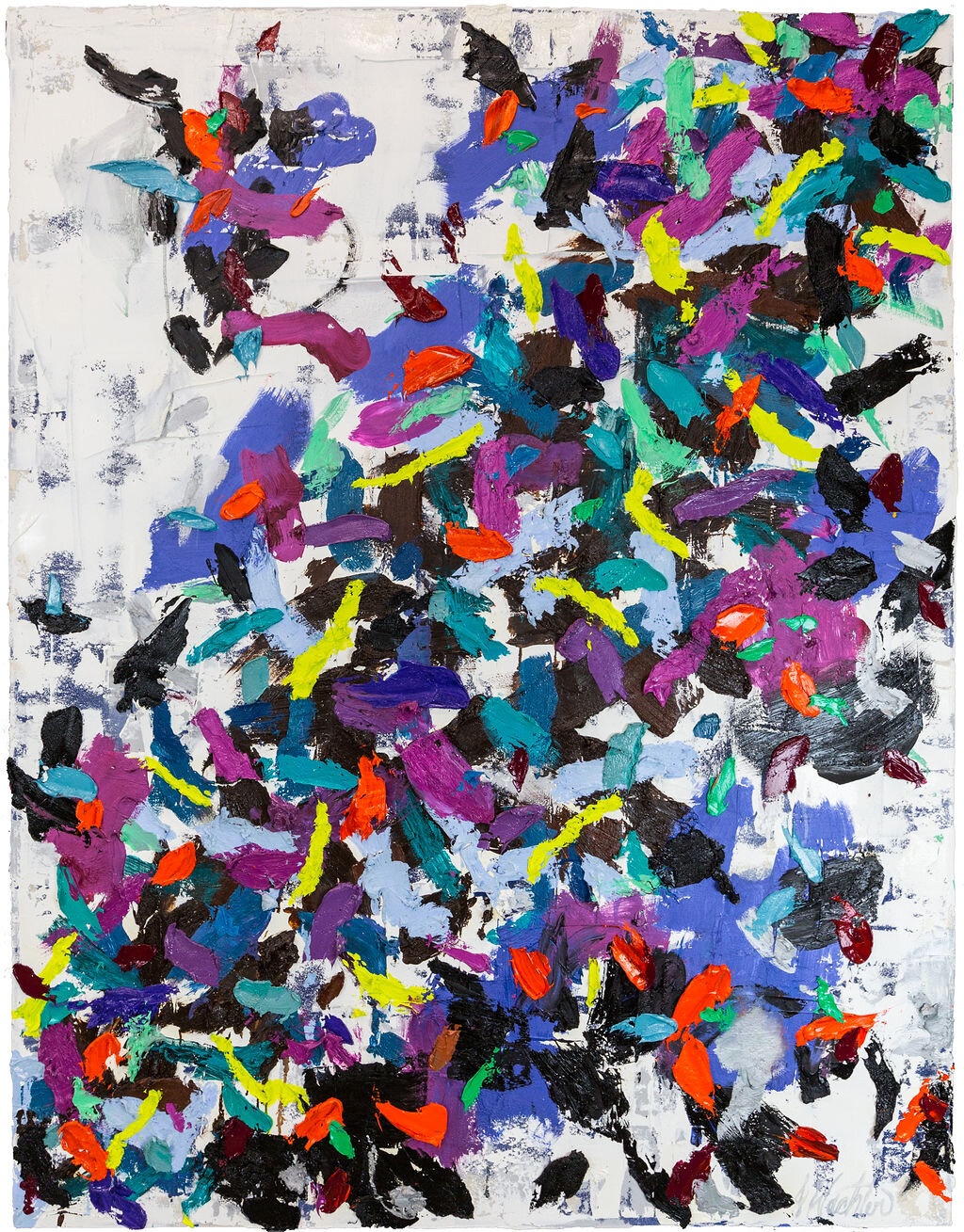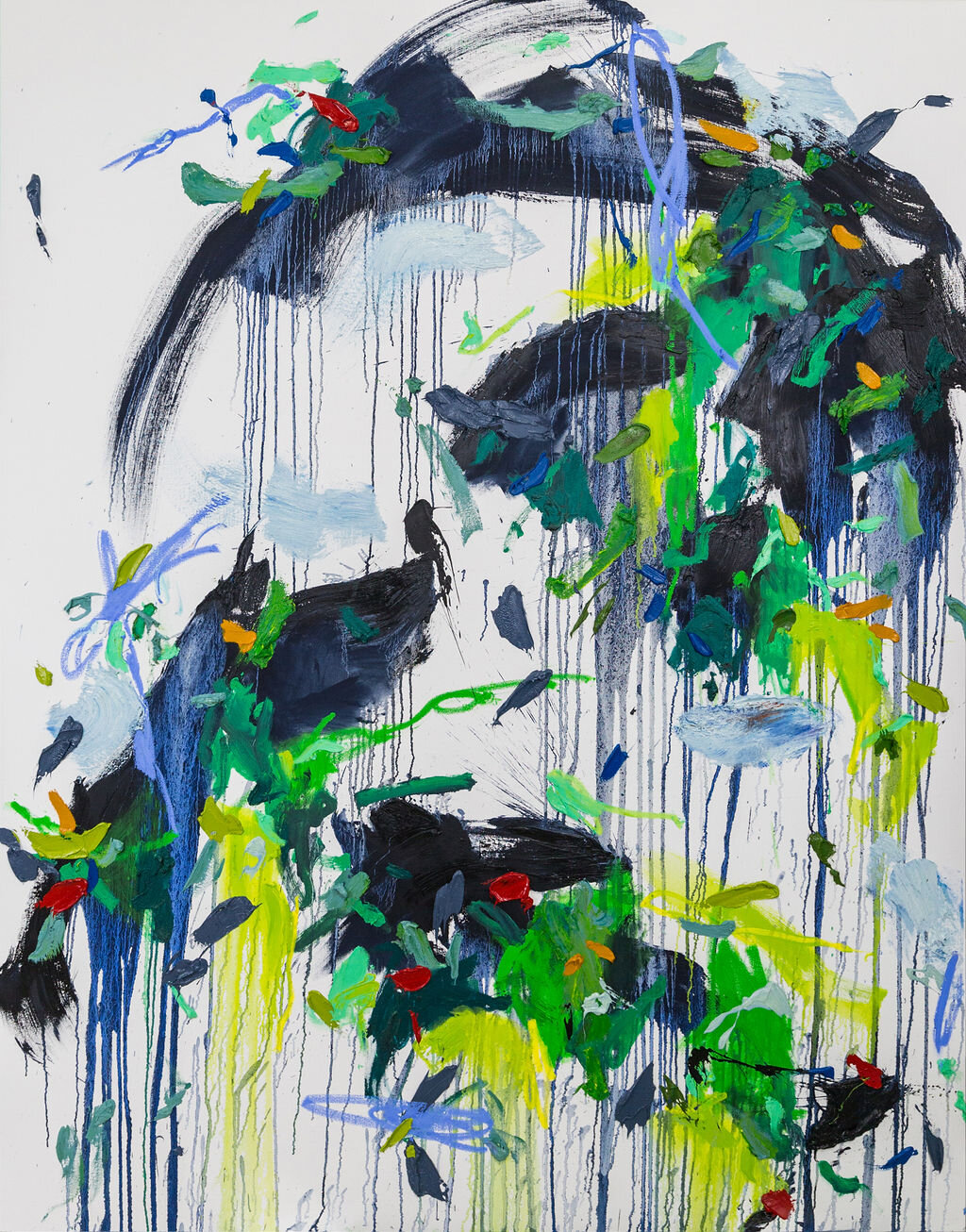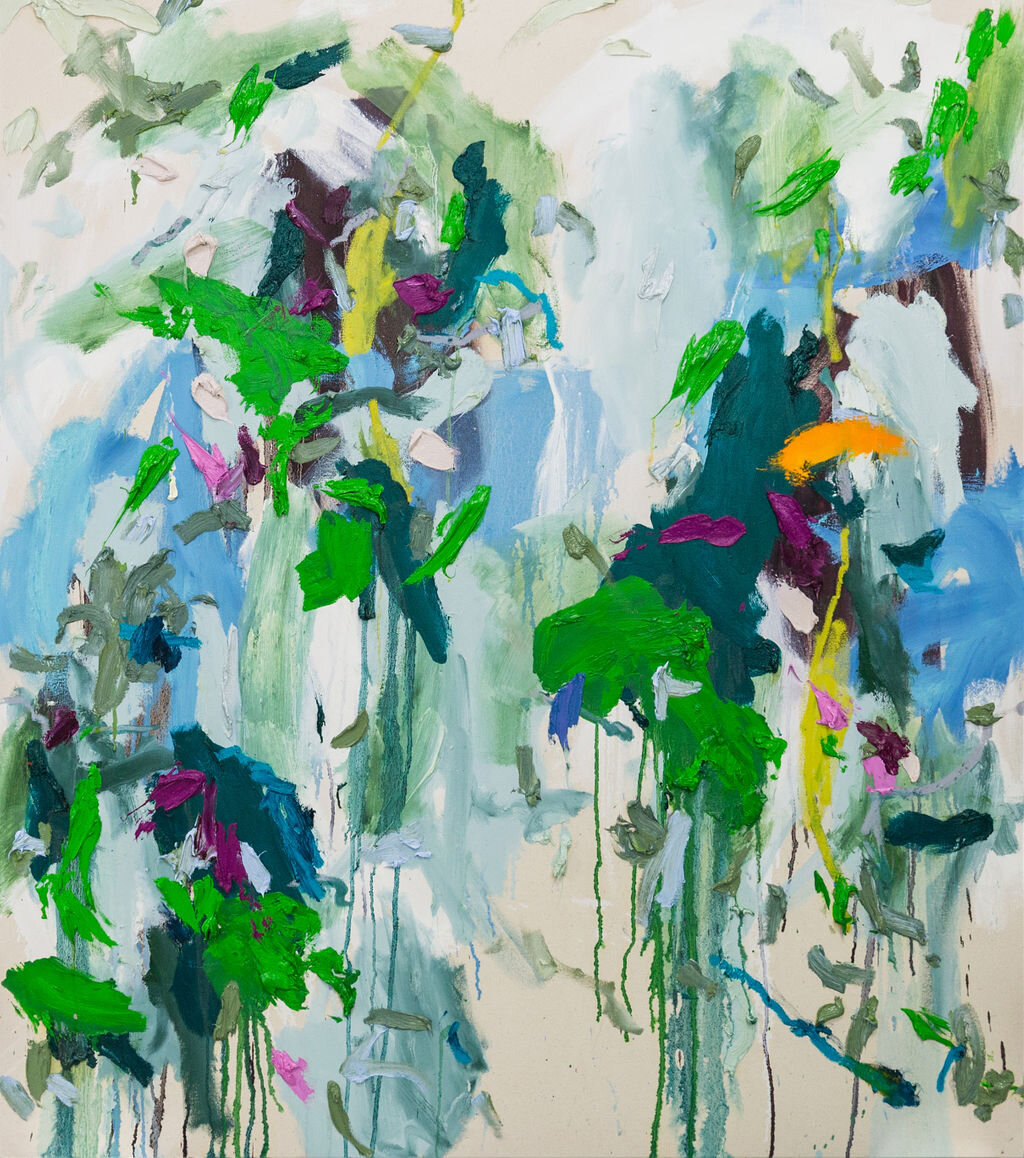Paintings for the Future
This week back in 2018, I was in New York and I stumbled upon the show, “Paintings for the Future” at the Guggenheim Museum. It was a solo exhibition devoted to the work of Hilma af Klint who was a female abstract artist back in the early 1900s.
My first reaction was, “I should have paid more attention in Art History class! How is it that I have no recollection of this woman, a fellow abstract artist?”
I came to find out that the reason I had no recollection of her was that there was no mention of her.
Hilma was the pioneer of the abstract expressionist style. She created breakthroughs years (and in some cases decades) before her famous male counterparts, such as Kandinsky.
However, she learned to keep these breakthroughs to herself. She came to understand that her work would not be understood or accepted in her time and so she gave all of her paintings to her nephew and instructed him not to show anyone until 20 years after her death.
Hilma had a vision of her work being shown in a circular space that spiraled. At the time of her vision, no such space existed. But her description would later match how most people would describe the Guggenheim Museum.
Hilma passed away in 1944. Her Guggenheim exhibition took place in 2018. That’s 70+ years after her death. And still, there is resistance among many to acknowledge her revolutionary role in the evolution of art. James Baldwin, writer, and activist, frustrated with the progress towards racial justice in the United States in the 1980’s once said,
““What is it that you wanted me to reconcile myself to? I was born here more than 60 years ago. I’m not going to live another 60 years. You always told me that it’s going to take time. It’s taken my father’s time, my mother’s time, my uncle’s time, my brothers’ and my sisters’ time, my nieces and my nephew’s time. How much time do you want for your progress?””
I wish I could say that the resistance to women in the art world is not something that I’ve experienced in the modern-day, but I can’t.
In fact, the reason I decided to sign my work “J. Wachter” and not “Jessica Wachter” is because I didn’t want the perceived quality of my work to be determined, in the eyes of many people, by my gender.
I didn’t learn about many female artists in Art History class, but what was consistent among most of the women that I did learn about was that almost all of them chose not to associate their first name with their work.
photo: guggenheim.org
There have been many times I’ve reevaluated this choice...
I ask myself, “Should I add ‘Jessica’ as a statement of change and an act of faith in humanity?” But I always get the gut hit, “Not yet.”
The reality is it would be unwise for me not to acknowledge the gender bias that still exists. And simply putting my first name on my work isn’t going to heal that. Each of us doing the work to educate ourselves on the injustices of our world is what leads to healing.
Here is the reality of gender inequality in the art world in 2020…
““At the Baltimore Museum of Art only 4% of the work is by women artists and this problem is the same at major museums around the country. Art by women and men is valued differently. If a viewer thinks a painting was done by a woman, they say they like the painting less. This gender bias has real consequences for female artists.””
Many people rebut statistics like this with sentiments such as, “Maybe there just aren’t as many talented female artists?”
However, the reason the revolutionary work of Hilma af Klint was not recognized in her time had nothing to do with her talent, skill or contribution. And Hilma’s story is not the exception, but the rule of marginalized individuals.
As I walked through Hilma’s exhibition, I was overcome.
Not only did I find a kindred spirit...
"The pictures were painted directly through me, without preliminary drawings and with great power. I had no idea what the pictures would depict and still I worked quickly and surely without changing a single brushstroke."
-Hilma af Klint
This is exactly how I would describe how I paint!
But I was also filled with a sense of inspiration and duty. Hilma paved the way for me. And she did so without recognition or reward.
When I think of Hilma, I cannot help but ask myself, “What is it that I need to do to pave the way for future generations? And what sort of future do I want to help build?”
“We are the builders who are building a world that has never been built before.”
-Cleo Wade
Hilma is not the only strong and trailblazing woman that’s been on my mind recently…
I've certainly been inspired by the glass ceiling that Kamala Harris broke last week becoming the first female, first Black and first South Asian vice president-elect of the United States.
Ruth Bader Ginsburg’s legacy has also been ever-present with me in the studio. As a woman and as a woman business owner, it would be remiss for me not to acknowledge all the freedoms I have today that are a direct result of RBG’s impact. (The ability to have a credit card in my own name and the ability to lease a place, just to name two.)
The profound and tangible impact of these pioneering women (and pioneering women everywhere) is the theme of my new body of work below!
I finished each piece in this collection after the passing of RBG. I used my final brushstrokes as a way to say goodbye and as a way to honor her legacy and the known and unknown impact of all the courageous women who have paved the way for me.
The final brushstrokes in each piece were red, symbolizing the mess, the chaos, and the layers of injustice these women had to confront and see through to a more beautiful world.
The empty space in each piece is an invitation to breathe and thoughtfully consider where it is that we, as humanity, want to go from here. There is no neutral bystander on the road ahead. The “torch” as been passed to each of us and we must decide how we will fill our role.
Here is the collection….
Who are you paving the way for? How will your impact be perceived generations from now?
It’s okay if you don’t know the answer to these questions right away. And it’s okay if the questions make you uncomfortable. Don’t let this stop you from continuing to ask them. Ask these questions of yourself today and tomorrow and every day moving forward. This is what is required of each of us to use our impact for good.
And let yourself get inspired by Hilma and RBG…
I would highly suggest the documentary on Hilma af Klint called, “Beyond the Visible”, the documentary on Ruth Bader Guinsberg called, “RBG” and the film based on Ruth’s work called, “On the Basis of Sex.”
Cheers,



